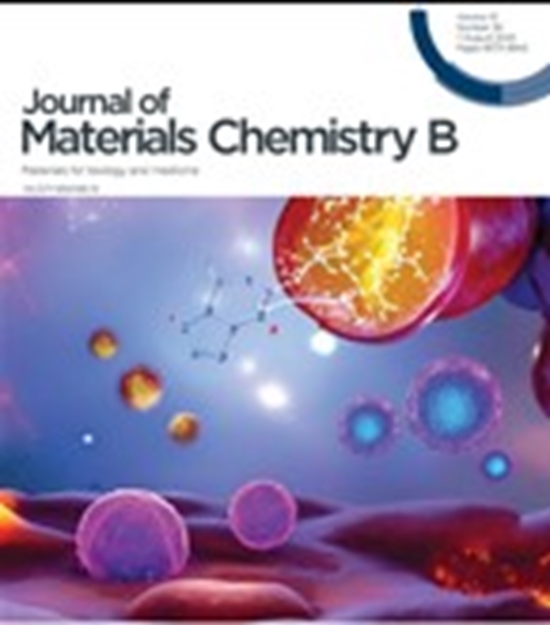Wearable microfluidic immunosensors for point-of-care detection of bio-analytes: a critical review
Early and timely disease diagnosis is crucial for effective treatment and improved clinical outcomes. Antibodies and their fragments are among the most widely used affinity reagents in point-of-care (POC) assays because of their target specificity and affinity.

Abstract
Early and timely disease diagnosis is crucial for effective treatment and improved clinical outcomes. Antibodies and their fragments are among the most widely used affinity reagents in point-of-care (POC) assays because of their target specificity and affinity. Traditional immunosensors, the analytical devices utilizing antibodies as the biorecognition elements, are time-consuming and require advanced lab settings, limiting their use in POC testing. Recent research focuses on developing specific, portable, and cost-effective miniaturized diagnostic tests for various applications. Wearable immunosensors offer rapid, specific, and affordable solutions, especially in remote settings. However, they fall short in manipulating low-volume samples and multiplex detection of bioanalytes. Integrating these assays with micro/nanofabrication technologies would be beneficial to patient care because the various laboratory assays can be miniaturized and incorporated into a lab-on-a-body. This review aims to outline recent progress in developing wearable immunosensors and highlight the utility of these assays in detecting bio-analytes. Furthermore, prospects, opportunities, and remaining challenges within this research area are presented to facilitate their translation into clinical settings.




ارسال نظر